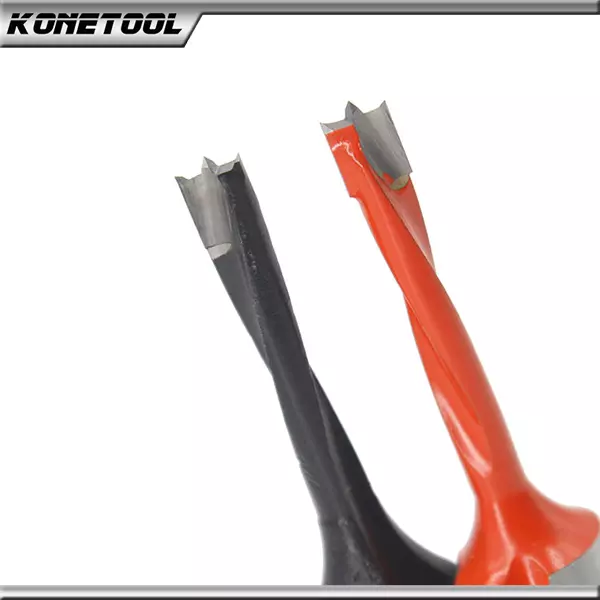Boring bits are specialized cutting tools designed to drill large, deep holes in wood or other materials. These bits are commonly used in woodworking, furniture making, and construction projects where large-diameter holes are required for things like cable routing, plumbing, or electrical wiring.
In this article, we will take a closer look at boring bits, including their types, features, and uses.
Types of Boring Bits
There are several types of boring bits available on the market, each designed for specific applications and materials. Some of the most common types of boring bits include:
Brad-point bits: Brad-point bits are designed for drilling small to medium-sized holes in wood. These bits have a pointed tip that helps to prevent the bit from wandering or slipping, ensuring a clean and accurate hole.
Forstner bits: Forstner bits are used for drilling large, flat-bottomed holes in wood. These bits have a flat, circular cutting edge that allows for precise and smooth cuts, making them ideal for furniture making and cabinetry.
Spade bits: Spade bits, also known as paddle bits, are used for drilling large holes in wood or other materials. These bits have a wide, flat cutting edge that quickly removes material, making them ideal for rough cutting and framing applications.
Auger bits: Auger bits are designed for drilling deep, narrow holes in wood or other materials. These bits have a screw-like design that pulls the bit into the material as it cuts, making them ideal for creating long holes for pipes or cables.
Features of Boring Bits
Boring bits are available in a range of sizes, materials, and features, each designed to meet specific needs and requirements. Some common features of boring bits include:
Cutting edge geometry: The cutting edge geometry of a boring bit determines how quickly it cuts through the material and the quality of the resulting hole. For example, a flat, circular cutting edge will produce a clean and precise hole, while a spade-shaped edge will remove material quickly but may produce rough or uneven holes.
Shank size and shape: The shank size and shape of a boring bit determine how it fits into the drill or drilling machine. Some bits have a hexagonal or square shank, while others have a round shank.
Material: Boring bits can be made from a range of materials, including high-speed steel (HSS), carbide, or cobalt. The material used will affect the durability and cutting performance of the bit.
Coating: Some boring bits are coated with materials such as titanium or diamond to improve their cutting performance and durability.
Uses of Boring Bits
Boring bits are used for a wide range of applications, from woodworking and furniture making to construction and remodeling projects. Some common uses of boring bits include:
Cable routing: Boring bits can be used to drill holes in walls or floors to route cables or wires.
Plumbing: Boring bits can be used to create holes for pipes or drain lines in walls or floors.
Furniture making: Boring bits are commonly used in furniture making and cabinetry to create holes for dowels, screws, or other fasteners.
Construction: Boring bits can be used to create holes for framing or to install wiring, plumbing, or HVAC systems in residential or commercial buildings.
Conclusion
Boring bits (click here for konetool catalog) are an essential tool for anyone who needs to drill large, deep holes in wood or other materials. With a range of types, features, and uses, boring bits can help you achieve accurate and precise drilling results for a variety of applications. By selecting the appropriate bit for the job and using it correctly, you can achieve clean, straight, and efficient cuts that meet your needs and requirements.

